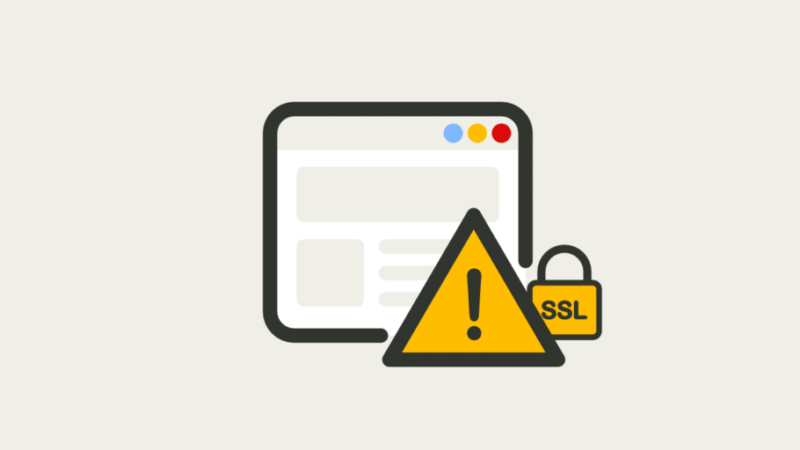Solving the Unknown Caller Puzzle: How to Identify Whose Number Is This
Have you ever received a call from an unknown number and wondered who it could be? Not knowing who’s trying to reach you can be unsettling, whether a missed call or a voicemail. In some cases, it could even be a potential threat to your safety and security.
That’s why it’s essential to know how to identify unknown numbers and track down the callers behind them. In this article, we’ll explore different methods and tools you can use to solve the unknown caller puzzle and stay informed and protected.
Understanding Phone Number Formats and How They Can Reveal Information
Phone numbers are a fundamental component of modern communication, enabling people to connect and stay in touch with each other virtually anywhere in the world. However, not all phone numbers are created equal, and different phone numbers can reveal different kinds of information.
The most common type of phone number is the “standard” format, which consists of ten digits and typically starts with a three-digit area code followed by a seven-digit subscriber number. This format is used for landlines and mobile phones with a geographic connection to a particular region or city.
Another type of phone number is the toll-free number, which starts with a specific set of digits (such as 800, 888, or 877) and allows callers to reach a business or organization without incurring long-distance charges. Toll-free numbers are typically used for customer service hotlines and other business-related purposes.
A third type of phone number is the premium rate, used for services with a higher-than-normal call rate. These numbers, such as adult chat lines or psychic hotlines, are often used for entertainment and can be identified by their distinctive prefixes (900 or 976).
Each phone number type has its unique format and characteristics, which can provide clues about the caller’s identity and location. For example, suppose you receive a call from a toll-free number. In that case, the caller is likely associated with a business or organization that uses this type of number for customer service or sales. Similarly, if you receive a call from a premium rate number, you can be reasonably sure that the call is related to a paid service or entertainment offering.
By understanding the different formats of phone numbers and their associated uses, you can begin to decode the information they reveal and make more informed decisions about handling calls from unknown numbers. In the next section, we’ll explore some online tools and databases that can help you further identify and track down unknown callers.
Using Online Search Tools and Databases to Identify Unknown Numbers
If you receive a call from an unknown number and want to identify the caller, several online search tools and databases can help. These tools can provide valuable information such as the caller’s name, location, and social media profiles. Here are some popular options to consider:
- Reverse phone lookup services: These websites allow you to enter a phone number and receive information about the associated owner, including their name, address, and other contact details. Some of the best and most popular reverse phone lookup services include WhoseNumber, which has an area code feature that displays all the suspected numbers in each area. It also includes Intelius, Spokeo, etc.
- Social media search: If the caller’s phone number is associated with a social media account, you can find their profile by searching for the number on Facebook, Twitter, or LinkedIn. This can provide additional information about the caller’s identity, such as job title, interests, and photos.
- Caller ID apps: Several smartphone apps can identify incoming calls and provide information about the caller, including their name, location, and whether the call is likely spam or fraud. Some popular caller ID apps include Truecaller, Hiya, and CallApp.
- National Do Not Call Registry: If you’re receiving unwanted telemarketing calls, you can register your phone number on the National Do Not Call Registry, which prohibits most telemarketers from calling registered numbers. To register, visit donotcall.gov or call 1-888-382-1222 from the phone number you want to register.
While these tools can help identify unknown callers, it’s important to note that they may not always provide accurate or up-to-date information. Sometimes, the caller may have intentionally concealed their identity or used a spoofed number to mask their true identity. Additionally, some tools may charge a fee for their services, so read the terms and conditions carefully before using them.
Tips and Tricks for Screening and Handling Calls From Unknown Numbers
Here are some tips and tricks for screening and handling calls from unknown numbers:
- Screen calls using voicemail: If you don’t recognize a number, let it go to voicemail and listen to the message. If the call is important or legitimate, the caller will likely leave a note explaining the reason for the call.
- Use call blocking: Most smartphones and landline phones allow you to block calls from specific numbers or area codes. Consider using this feature to block unwanted calls or telemarketing numbers.
- Don’t engage with scammers: If you receive a call from someone claiming to be a government official, debt collector, or other authority figure, be wary. Scammers often use high-pressure tactics to intimidate or deceive people into giving them money or personal information. Hang up and report the call to the Federal Trade Commission (FTC) at ftc.gov/complaint.
- Avoid answering “yes” to unknown callers: Scammers may record your voice saying “yes” to use it as a fraudulent confirmation of a purchase or contract. Instead, respond with “I can hear you” or ask questions to confirm their identity.
- Consider a call-blocking app: Apps like Nomorobo, RoboKiller, and Call Blocker can automatically block known robocalls and telemarketers.
- Use caution with unknown links: Be wary if a caller asks you to click a link or provide sensitive information. Scammers may trick you into downloading malware or providing personal information that can be used for fraud.
What To Do If You Receive Harassing or Threatening Calls, and How to Report Them
Unfortunately, some unknown calls can be more than just an annoyance – they may be harassing or threatening. If you receive such calls, it’s crucial to take action to protect yourself and report the behavior to the authorities.
Here are some steps you can take:
- Document the calls: Write down the date and time of each call, the caller’s phone number (if available), and a summary of what was said. This documentation can be helpful if you need to report the calls to law enforcement.
- Report the calls to your phone company: Many companies have procedures to deal with harassing or threatening calls. Contact your provider and ask if they can block the number or take other measures to protect you.
- File a report with the Federal Communications Commission (FCC): The FCC regulates phone companies and can investigate and take action against illegal phone calls. You can file a complaint with the FCC at consumercomplaints.fcc.gov.
Conclusion
Identifying unknown callers is crucial for protecting yourself from unwanted calls and potential scams. Using resources such as WhoseNumber can help you uncover the identity of unknown callers and take appropriate action. By following these tips and tricks, you can better manage your incoming calls and stay safe.

![DNS_PROBE_FINISHED_BAD_CONFIG [Solved]](https://teatimeflip.com/wp-content/uploads/2021/02/DNS_PROBE_FINISHED_BAD_CONFIG-800x450.jpg)



